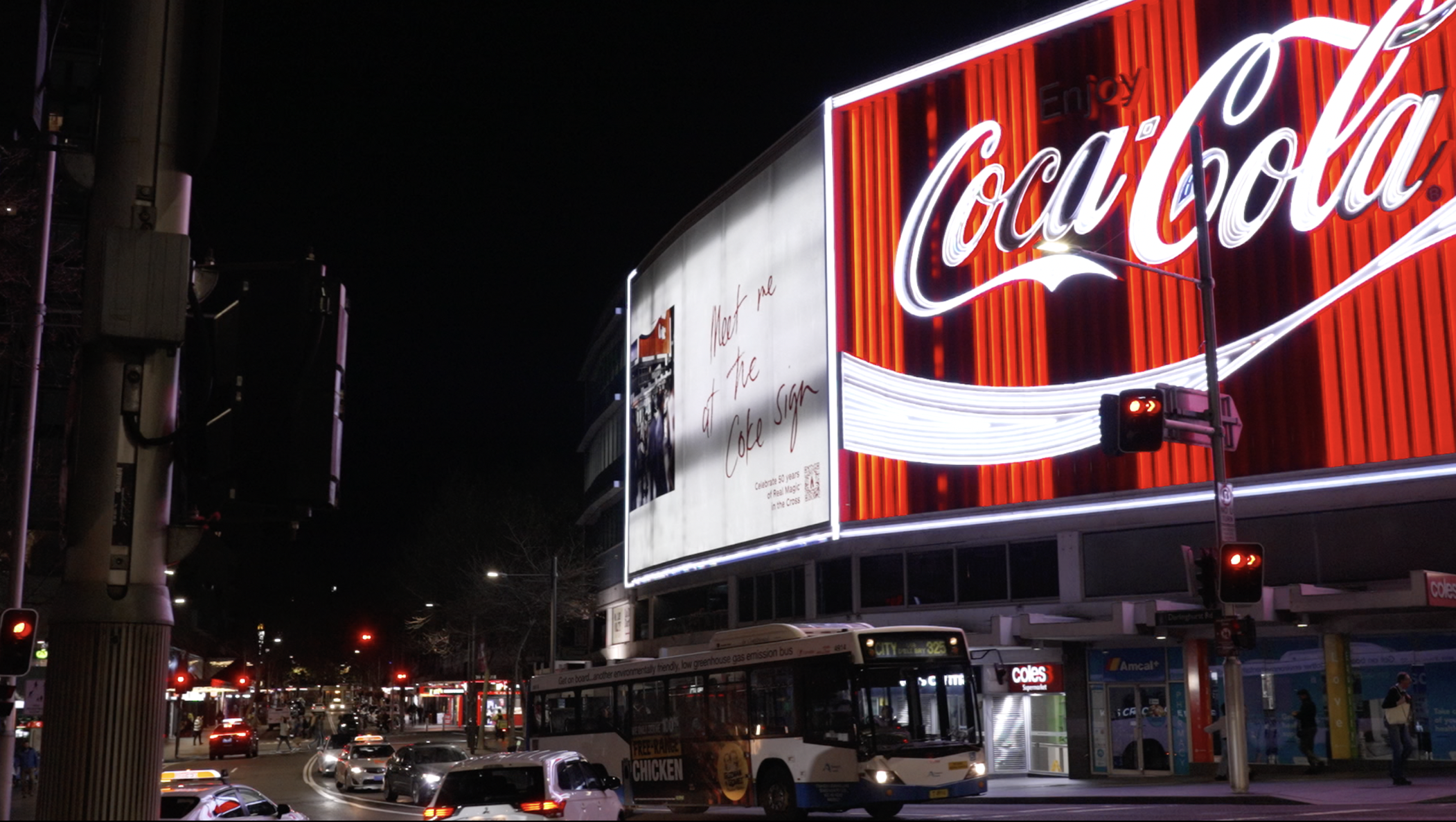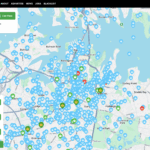A shortage of language interpreters is hampering access to essential support services for NDIS clients from culturally and linguistically diverse (CALD) backgrounds, putting people’s health at risk, sources have told Central News.
With about 2,700 interpreters contracted by Translating and Interpreting Service (TIS) National, advocates of the service say there is a concerning disparity between that and the growing number of CALD NDIS participants, recorded as over 58,000 in the last NDIS’ report in December.
While not all clients require an interpreter, the statistics indicate a pressing need for solutions that bridge the language and cultural divide for CALD clients, who have reported difficulties in accessing interpreter services to help them navigate complex NDIS processes and paperwork, with lengthy wait times being the primary challenge.
Sok Ly, 49, a Cambodian mum-of-two from Cabramatta in Western Sydney, said she faces extensive waiting times whenever she books an on-site interpreter to help her get support for her 21-year-old autistic son, Kevin.
“Sometimes it can take an hour just to reach a TIS operator before getting an interpreter,” she said. “Sometimes the doctor skips the use of an interpreter to save consultation time and speaks to me directly in English.
“It’s hard to understand what they tell me, so I rely a lot on other family members to help me understand Kevin’s condition.”
With Over 80 per cent of Cabramatta’s population comprising non-English speakers — the highest anywhere in Australia, excluding remote indigenous communities — accessing interpreter services can take two to three weeks. The struggle extends to reaching a TIS-operator, causing further delays.
Amy, who did not want to be identified by her real name, has been a TIS-contracted interpreter in Sydney’s west since 1990, and said lengthy wait times often forced clients to rely on friends or relatives for translating, resulting in crucial medical information being overlooked.
The 61-year-old, who is fluent in high-demand languages, Mandarin, Cantonese, Vietnamese, Khmer and Teo Chew, added she can get at least 30 calls a day, and some days is allocated more jobs from TIS than she can handle.
“I sometimes have to reject jobs, or cut the call short, especially if they are from time-consuming services like the NDIS, aged-care, domestic violence services, because the calls are quite lengthy,” she said.
We’ve had cases where children have had to tell their parents some pretty horrible news around diagnoses, because we haven’t been able to get an interpreter.
Working in one of Australia’s most culturally diverse communities, she said part of the problem is non-English speakers aren’t aware of their right to the use of an interpreter, and that NDIS providers aren’t always appropriately trained in how to employ the use of interpreting services.
“A lot of the non-English speaking patients also come from a non-educated background, and therefore they aren’t aware of their right to the use of an interpreter,” she added.
“And then for English-speaking doctors who aren’t so culturally aware, some of them don’t know how to use an interpreter properly. Interpreters are trained to interpret in short sentences, and so there should be ample time given to the interpreter in between a doctor and a patient’s questions and answers, so they can interpret what is being said accurately.
“What ends up happening instead is the doctor goes on without waiting in between phrases. Sometimes this increases difficulty for the interpreter to memorise what’s being said.”
Dwayne Cranfield, chief executive of the National Ethnic Disability Alliance (NEDA), an organisation that advocates federally for the human rights of people with disability from CALD backgrounds, said the communities most affected by the interpreter shortage are new and emerging communities that come from refugee backgrounds.
“People that come here as humanitarian and refugee entrants, some of the languages that are coming through now are from countries where people are in crisis,” he said. “And so we don’t have a lot of people that speak those languages that are interpreters and that are trained as interpreters, and that’s a real problem.
“So, what ends up happening is you have children going with their parents to the doctors to translate for their parents.
“We’ve actually had cases where children have had to tell their parents some pretty horrible news around diagnoses, because we haven’t been able to get an interpreter.”
Amy said relying on close family members, such as children, often meant patients are not able to accurately convey the concerns of health and NDIS providers.
“Sometimes the children could not convey everything the parents want to say and they just say whatever they understand to the health professional, and why the professional did not insist to use professional interpreters,” she said.
There might be a small country town where somebody is the interpreter but they know everybody and they know what’s happening, so there’s an issue of confidentiality. We’re talking about aspects of people’s lives that are incredibly personal.
“I think it’s irresponsible because they don’t want to go through the lengthy process of having to book an interpreter.”
Mr Cranfield agreed, saying often family members were compelled to do the interpreting due to the sensitivity of the topic, but that relying on close family and community members also breached confidentiality issues.
“It often falls on family or community members to perform this role, and that’s just not appropriate,” he said. “We’ve had situations where there might be a small country town where somebody is the interpreter but they know everybody and they know what’s happening, so there’s an issue of confidentiality.
“We’re talking about aspects of people’s lives that are incredibly personal.”
The interpreter workforce is grappling with an ageing demographic, with the median age above the national average at 50, according to Labourmarketinsights.gov.au.
Amy attributed it to a lack of funding, which has worsened over the past 25 years.
“In the past, TIS was also operating in Sydney, but now they only operate in Melbourne,” she said.
Further compounding the problem, healthcare providers often prioritise patient treatment over arranging interpreting services for NDIS linkage.
A 2018 study in a Western Sydney hospital revealed that although interpreters were required in 15.7 per cent of admissions, just 3.7 per cent of patients were actually provided with an interpreter.
The NDIS is currently co-designing its new CALD Strategy to address the needs of its CALD participants with NEDA, which is due for release this year.
The NDIS also provides information in other languages on their website. All translated versions of our information are reviewed by NAATI Certified translators.
TIS National was contacted for a comment for this article, but did not respond.
Main image by Shutterstock: AshTproductions




























